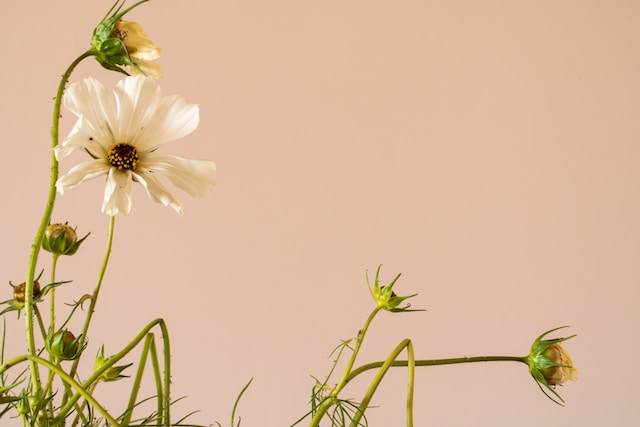Plant fungus is a type of plant disease caused by a fungal infection such as powdery or downy mildew, anthracnose, rust, and blight. Sometimes the fungi just causes your plants to look ugly. However, more often that not, it can cause serious damage to your plants. Therefore, you want to make sure that you control…
